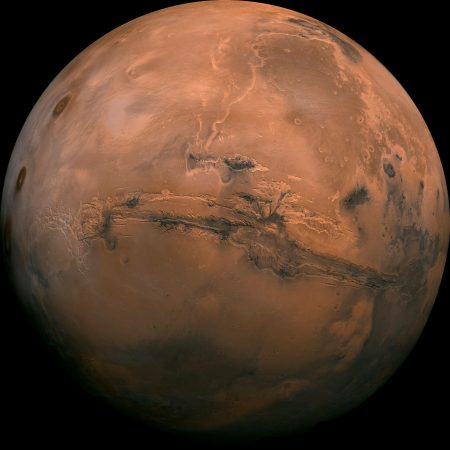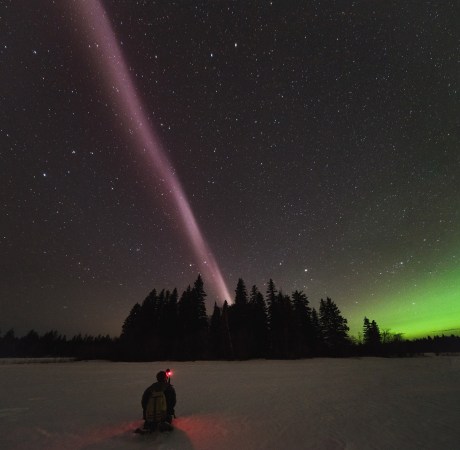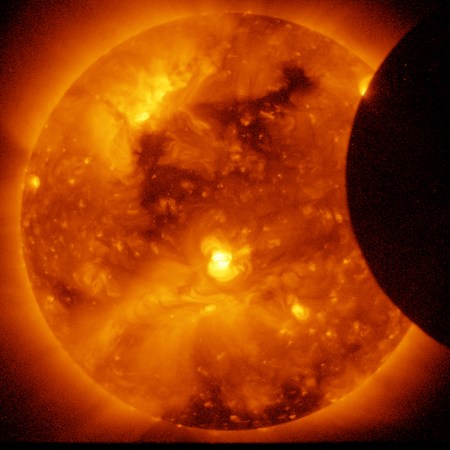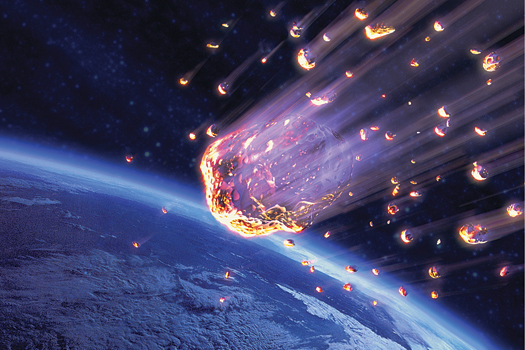

April has already been an exciting month for night sky watchers, with the full pink moon last weekend, several asteroid flybys, and the alignment of four planets throughout the month. Top that off with the Lyrid meteor shower, which first appeared over the Northern Hemisphere on April 14. The peak of the phenomenon—and your best chance to see it—is April 22, 2022. And while it makes for an exciting nocturnal activity, it also holds some scientific significance: Any meteorites that make it to Earth’s surface might hold valuable data on the history of the solar system. Those that don’t survive will just become part of the annual fireball show.
What’s so special about the Lyrids?
The Lyrids were written about in the year 687 BCE in the Zhou dynasty, making it the oldest reference to a meteor shower that’s continued into modern times. The account read that “in the middle of the night, stars fell like rain.” More than 2,700 years later, people can see the same celestial downpour, knowing it’s slightly distinct from a star in freefall.
Why does the meteor shower happen every year?
The Lyrid meteor shower is created by space debris from Comet C/1861 G1 (Thatcher). This comet orbits the sun once every 415.5 years, leaving a dusty trail across the solar system. When the Earth passes through the tracks in April on its own orbit, the remnants burn up in the atmosphere to create a fiery spectacle.
Will the Lyrids look any different now than in previous years?
On April 22, the moon will be 61 percent illuminated and in its “waning gibbous” phase. This means that the lunar light could interfere with the Lyrids’ visibility, similar to how the sun blocks them out during the day. Still, they will be clearer in the night sky than in the past few weeks, given that the full moon has passed.
[Related: 6 common mistakes first-time stargazers make, and how to avoid them]
So, how are meteors and comets related again?
A comet is a frozen ball of gas, dust, and rock that orbits the sun, largely within the solar system’s Kuiper Belt or enveloping Oort Cloud. When a comet passes close to the sun, the heat warms up its nucleus and creates tails of dust and gas. These streaks contain space debris, or meteoroids, which officially turn into meteors as they burn up in Earth’s sky. If they stay intact enough to hit the ground, they are called meteorites.
How can I see the Lyrids in all their glory?
The best night for viewing in the Northern Hemisphere is April 22, when the rate of meteors passing through the atmosphere peaks at 15 to 20 per hour. The display should be so dazzling, you can glimpse them with the naked eye (as long as your surroundings are dark enough). Use an app with an augmented reality map to orient yourself in the night sky. Then check out the area around the star Vega, where the meteor shower appears to originate from.
If I miss this meteor shower, when and where is the next one?
Meteor watchers will have another chance to see the sky on fire from May 4 to May 5, when the Eta Aquarids begin. That shower will be best viewed from the southern tropics, but will still offer a few thrills for people in the northern reaches.















